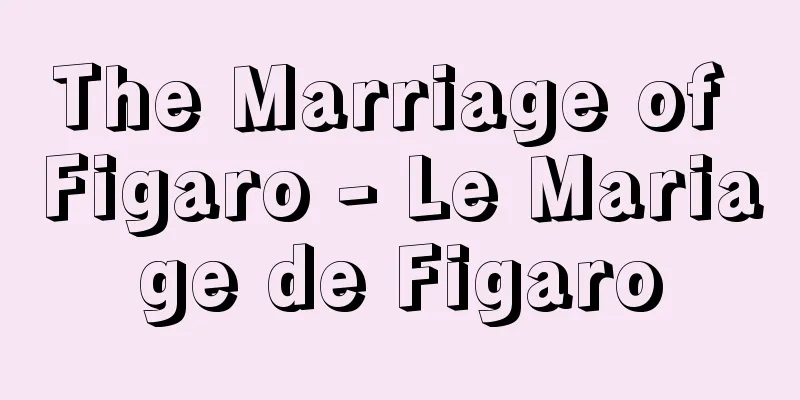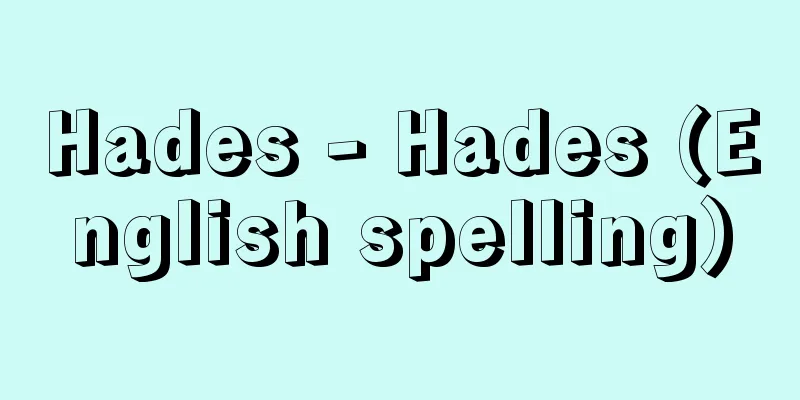The Marriage of Figaro - Le Mariage de Figaro

|
A five-act prose comedy by French playwright Beaumarchais (1784). Subtitled "A Mad Day." A sequel to his previous work, "The Barber of Seville." When Figaro, a servant of the Count Almaviva, who is married to Rosine, learns that he is trying to seduce the Count's maid, Suzanne, he finds himself in a difficult position. The Count tries to exercise his "right of first night" over Suzanne, while Figaro is pressured by Marceline, an old woman to whom he has promised to marry her, to fulfill his promise. When the Count, wanting to stop her husband's infidelity, disguises herself as Suzanne and goes to the meeting place, the Count falls for the trick and realizes that the woman he has acquired after much difficulty is the Count's wife, while Marceline is also Figaro's real mother, and the play reaches a happy ending. The audience was enthralled by the sight of the Third Estate rebelling against the aristocracy's use of their wits in Figaro, and the play became an unprecedented hit, with 68 performances in a row. It is well known that Mozart made this play into an opera. [Shinichi Ichikawa] OperaThe opera was completed by Mozart in 1786, based on Da Ponte's Italian libretto, and premiered in Vienna that same year. At the time, it was forbidden to perform Beaumarchais's original work in Vienna by order of Emperor Joseph II, so Mozart and Da Ponte tried to de-emphasize the class war aspect of the play, but many people at the time were still against the opera, and due to sabotage, it was not very popular at the premiere. However, a subsequent performance in Prague was a great success, and it has remained highly popular as one of Mozart's masterpieces ever since. Among the pieces are many masterpieces that are performed separately from the stage, such as the overture, and arias such as Figaro's "I will not fly anymore, butterfly" and Cherubino's "What is love?" are particularly famous. The Japanese premiere took place at the Kabukiza Theatre as a joint performance of the Arts Festival in 1952 (Showa 27). [Yukio Miyake] "The Marriage of Figaro" translated by Tatsuno Takashi (Iwanami Bunko)" ▽ "Mariveau/Beaumarchais Masterpieces" translated by Obaseki Takuzo et al. (1970, Hakusuisha) [References] |Source: Shogakukan Encyclopedia Nipponica About Encyclopedia Nipponica Information | Legend |
|
フランスの劇作家ボーマルシェの五幕散文喜劇(1784)。副題「狂おしき1日」。前作『セビーリャの理髪師』の後編。ロジーヌと結ばれたアルマビバ伯爵が夫人の侍女シュザンヌを誘惑しようとするのを知ると、彼女との結婚を許されている伯爵の下僕フィガロは窮地に陥る。伯爵はシュザンヌに「初夜権」を行使しようとするし、フィガロは結婚の約束をしたことのある老女マルスリーヌからその履行を迫られる。夫の浮気を断念させようと願う夫人がシュザンヌに変装し待ち合わせ場所に赴くと、伯爵は計略にまんまとひっかかり、苦労のすえ手に入れたのが奥方とわかる一方、マルスリーヌもフィガロの実母だと判明して、芝居は大団円となる。フィガロの知略のうちに貴族の特権行使に反抗する第三身分の姿をみた観客は熱狂し、この劇は連続68回上演という空前の大当りをとった。モーツァルトがこの戯曲をオペラにしたことは名高い。 [市川慎一] オペラオペラは、ダ・ポンテのイタリア語台本により、モーツァルトが1786年に完成、同年ウィーンで初演された。当時のウィーンでは、ヨーゼフ2世の命令により、ボーマルシェの原作を上演することは禁じられていたため、モーツァルトとダ・ポンテはこの戯曲の階級闘争的側面をあまり強調しないよう努めたが、それでも当時この歌劇に反感を抱いた人々は多く、妨害工作もあって初演の際の人気はいまひとつであった。しかし、その後プラハで行われた公演は大成功を収め、以後モーツァルトの代表的傑作として高い人気を保ち続けている。このなかには序曲をはじめ、舞台を離れて単独で演奏される名曲が多く、フィガロの歌う「もう飛ぶまいぞ、この蝶々(ちょうちょう)」や、ケルビーノの「恋とはどんなものかしら」などのアリアがとくに名高い。日本初演は1952年(昭和27)芸術祭合同公演として歌舞伎(かぶき)座で行われている。 [三宅幸夫] 『辰野隆訳『フィガロの結婚』(岩波文庫)』▽『小場瀬卓三他訳『マリヴォ/ボーマルシェ名作集』(1970・白水社)』 [参照項目] |出典 小学館 日本大百科全書(ニッポニカ)日本大百科全書(ニッポニカ)について 情報 | 凡例 |
<<: Fiction (English spelling)
>>: Le Figaro (English spelling)
Recommend
Goncourt Brothers - Frères Goncourt
(Brother) Edmond (Louis Antoine Huot) de 26 May 18...
Hidetaka Kawajiri
Year of death: Tensho 10.6 (1582) Year of birth: 1...
Oshichi - Oshichi
Oshichi the greengrocer. She fell in love with Kis...
Tomomori Taira
A military commander in the late Heian period. He...
Law of the excluded middle
A law of logic that states that for any propositi...
Tanana
…(2) The Athabaskan people are an Indian tribe li...
Sclater, PL (English spelling) SclaterPL
…Today, Europe, Asia, and Africa are called the O...
Yuki Ujitomo
A military commander in the Muromachi period. He ...
boss
A representative painter of the early Netherlandis...
Meeting place - Kaisho
〘 noun 〙① A place where people gather. Also, a bui...
Door snail (Kiselgai)
A general term for slender land snails of the Clau...
Perkin reaction
When aromatic aldehydes and fatty acid anhydrides...
Ohataki
...A food made by soaking raw rice in water to so...
Adams, R.
… Fantasy is the essence of British children'...
Muscle contraction
A muscle contracts due to nerve stimulation or oth...









